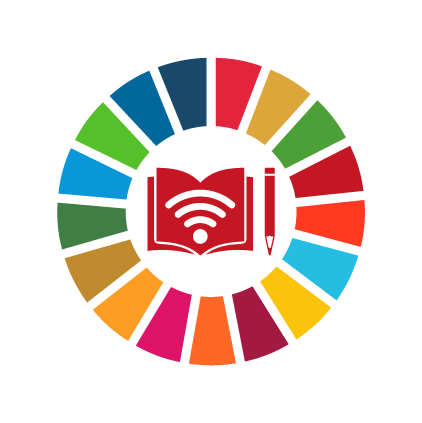United Kingdom of Great Britain and Northern Ireland
Background Information
Region
Europe & Central Asia
World Bank income group
High income
Percent of population aged 10-24
18% (UNFPA, 2023)
Total primary school age population (both sexes)
4,938,357 (UIS, 2022)
Total secondary school age population (both sexes)
5,631,934 (UIS, 2022)
Proportion of women aged 20-24 years who were married or in a union before age 18
No data available
Adolescent birth rate
(per 1,000 women ages 15-19)10
Source: UN Human Development Reports , 2020
Percentage of women who ever experienced physical violence since age 15
No data available
Percentage of married women employed in the last 12 months
No data available
Education Snapshot Back to Top
Number of years of free primary and secondary education guaranteed in legal frameworks
(Years)13
Source: UIS , 2022
Percentage of upper secondary schools providing life skills-based HIV and sexuality education within the formal curriculum or as part of extra-curricular activities
No data available
Proportion of schools with access to single-sex basic sanitation facilities
Percentage of schoolsNo data available
Source: UIS
Women as a percentage of teachers in tertiary education
Women as a percentageSource: UIS , 2021
Men as a percentage of teachers in pre-primary education
Men as a percentageSource: UIS , 2021
Expenditure on education as a percentage of total government expenditure
% GDP spent on educationSource: UIS , 2021
Gender parity index for achievement in mathematics, by education level (ratio)
No data available
Gender parity index for achievement in reading, by education level (ratio)
No data available
Proportion of students at the end of primary education achieving at least a minimum proficiency level in reading
-
Female 98%
-
Male 96%
Female: UIS, 2021
Male: UIS, 2021
Proportion of students at the end of primary education achieving at least a minimum proficiency level in mathematics
-
Female 83%
-
Male 83%
Female: UIS, 2019
Male: UIS, 2019
Experiencing bullying in the last 12 months in lower secondary education
-
Female 61%
-
Male 63%
Female: UNESCO, 2018
Male: UNESCO, 2018
Youth not in education, employment or training
-
Female 11%
-
Male 10%
Female: ILO, 2019
Male: ILO, 2019
Completion rate
No data available
Lower secondary school age
-
Female 100%
-
Male 100%
Female: UIS, 2014
Male: UIS, 2014
No data available
Out-of-school rate
Primary school
-
Female 14%
Female: UIS, 2016
No data available
No data available
Legal Frameworks Back to Top
Presence of legislation on child protection, to prevent corporal punishment in schools
3
Limited protection from violence in educational institutions
Source: HerAtlas , 2019
Presence of legislation protecting the right to education without discrimination based on sex/gender
1
Does not enshrine right to education
Source: HerAtlas , 2019
Presence of legislation to protect and facilitate education of pregnant adolescent girls
2
No explicit protection of the right to education of pregnant and parenting girls
Source: HerAtlas , 2019
Existence of processes to support coordinated action on gender equality in and through education by ministries, civil society, youth organizations and other actors
Data coming soon!
Existence of systematic processes to review and update curricula and learning resources, with a view to eradicating gender stereotypes and promoting gender equality
Data coming soon!
Training on gender-responsive pedagogies is embedded in teacher training programmes
Data coming soon!
Programs Back to Top
Project/Program
g4g Day
Project/Program
Unlocking Talent Through Technology
Project/Program
Women in STEM2D (WiSTEM2D)
Government Programs Back to Top
Research Project/Report/Study
Policy Position Paper: “Addressing the climate, environment and biodiversity crises in and through girls’ education”
Research Project/Report/Study
A school closer to home: using mealtimes to foster language development, improve girls' nutrition and align home and school in rural Kenya and Zambia
Research Project/Report/Study
Gender Equality Taskforce in Education and Learning: Theory of Change report
Policy & Frameworks Back to Top
Policy
International women and girls strategy 2023 to 2030
The UK government launched in March 2023 the International Women and Girls Strategy 2023–2030, which emphasizes the right of every girl everywhere to education as a priority theme.
